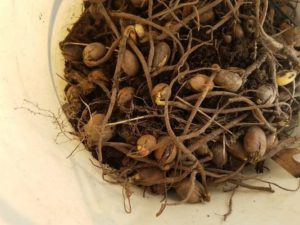 Dealing with the loss of ash trees to the emerald ash borer (EAB) can be disheartening, and the idea of replanting can seem overwhelming. But Tom Zagar, Muskego City Forester, saw a chance to try something new.
Dealing with the loss of ash trees to the emerald ash borer (EAB) can be disheartening, and the idea of replanting can seem overwhelming. But Tom Zagar, Muskego City Forester, saw a chance to try something new.
Tom manages a younger-growth woodland that had lost significant canopy due to EAB. After mowing down the invasive shrubs that blanketed parts of the woodland, “I recognized these areas as a prime opportunity to try to reestablish oak trees,” said Tom. “I especially wanted to plant white oak of local genotype.”
Early last spring, Tom and his team sprang into action. They collected loads of white oak acorns, most of which had pushed a root into the ground, with a gentle tug and a small shovel. They planted them in the cleared areas and protected them with tree tubes. Later on, when it was necessary to spray the invasive buckthorn shrubs that had re-sprouted, the tree tubes shielded the seedling oaks from herbicide.

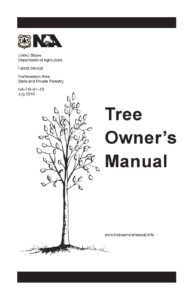
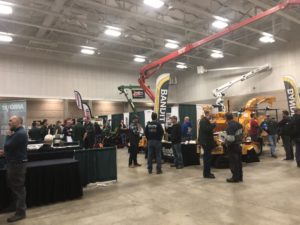
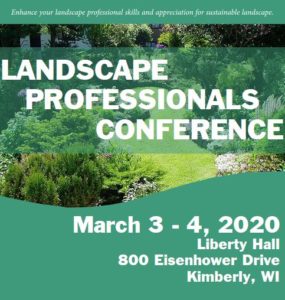
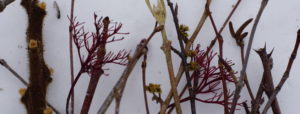
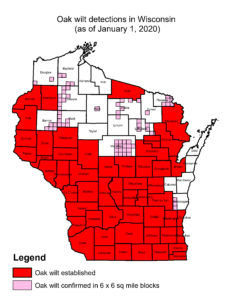

 Dates: February 16-18, 2020
Dates: February 16-18, 2020